lemme in
- 63 Posts
- 7 Comments

 292·4 months ago
292·4 months agoGoogle : “You don’t own your phone, we own you.”

 3·5 months ago
3·5 months agoI don’t even have a smart tv, I don’t want anything other than my phone and laptop connected to the internet.

 1·6 months ago
1·6 months agoYou can create and set up telegram bots for your own use

 61·7 months ago
61·7 months agoAccording to this article, regarding Intel Alder Lake
Intel’s Thread Director technology is the key here. This hardware-based technology uses a trained AI model to identify different types of workloads at the chip level. It then provides that enhanced telemetry data to Windows 11 via a Performance Monitoring Unit (PMU) built into the chip. The operating system then uses that data to help assure that threads are scheduled to either the P- or E-cores in an optimized and intelligent manner.
However, while Windows 11 exploits Thread Director’s full feature set, Windows 10 does not. Due to optimizations for Intel’s Lakefield chips, Windows 10 is aware of hybrid topologies, meaning it knows the difference between the performance and efficiency of the different core types. Still, it doesn’t have access to the thread-specific telemetry provided by Intel’s hardware-based solution.
As a result, threads can and will land on the incorrect cores under some circumstances, which Intel says will result in run-to-run variability in benchmarks. It will also impact the chips during normal use, too. Intel says the difference amounts to a few percentage points of performance and that the chips still provide an “awesome” user experience. We’ll have to see how that works in the real world to assess the impact.
Intel also says that users can assign the priority of background tasks through the standard Windows settings, but these global settings apply to all programs. So it remains to be seen if that will have a meaningful impact on performance variability in Windows 10.
https://www.tomshardware.com/features/intel-shares-alder-lake-pricing-specs-and-gaming-performance/4
so, it’s still works but not optimized for some apps. Probably this will be the same with AMD’s latest CPU.
They really want us to use Copilot AI, so that they can pushed more paying subscribers such as corpos and govts to use the service.
More money for microsucks, less jobs available to us
I’m glad it wasn’t us (lemmy users)

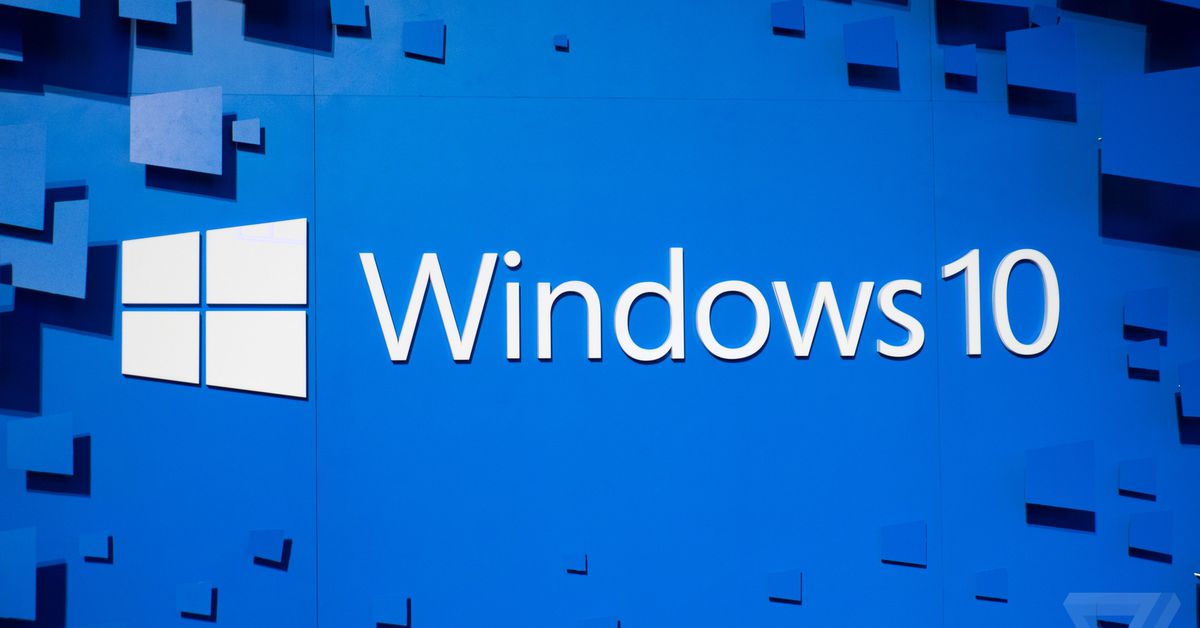

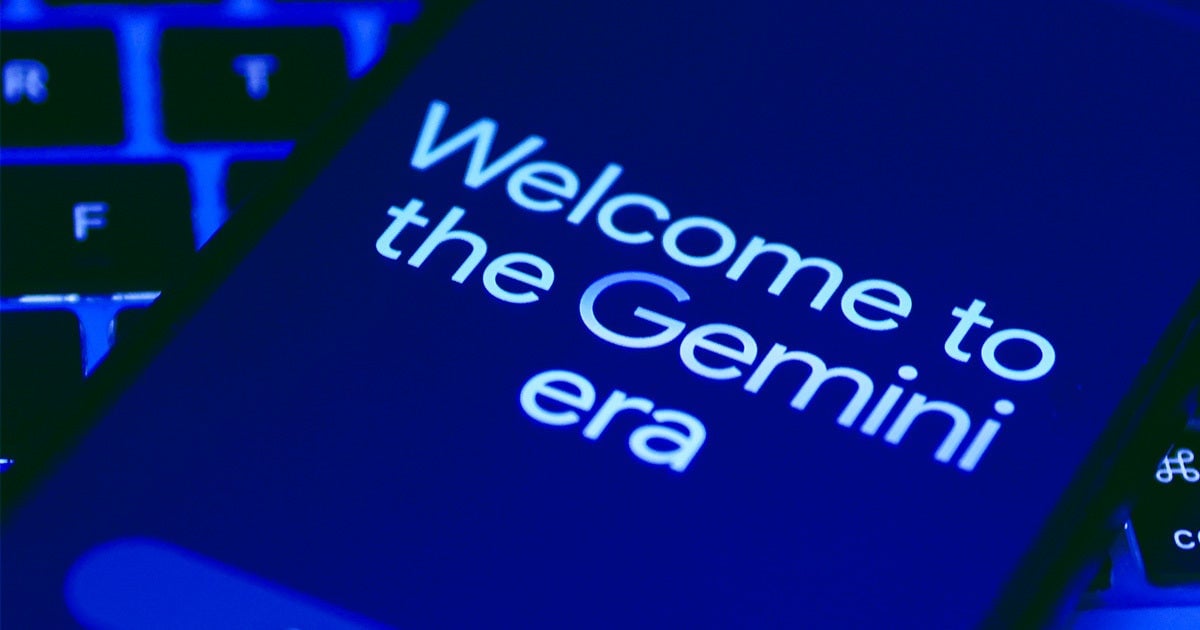




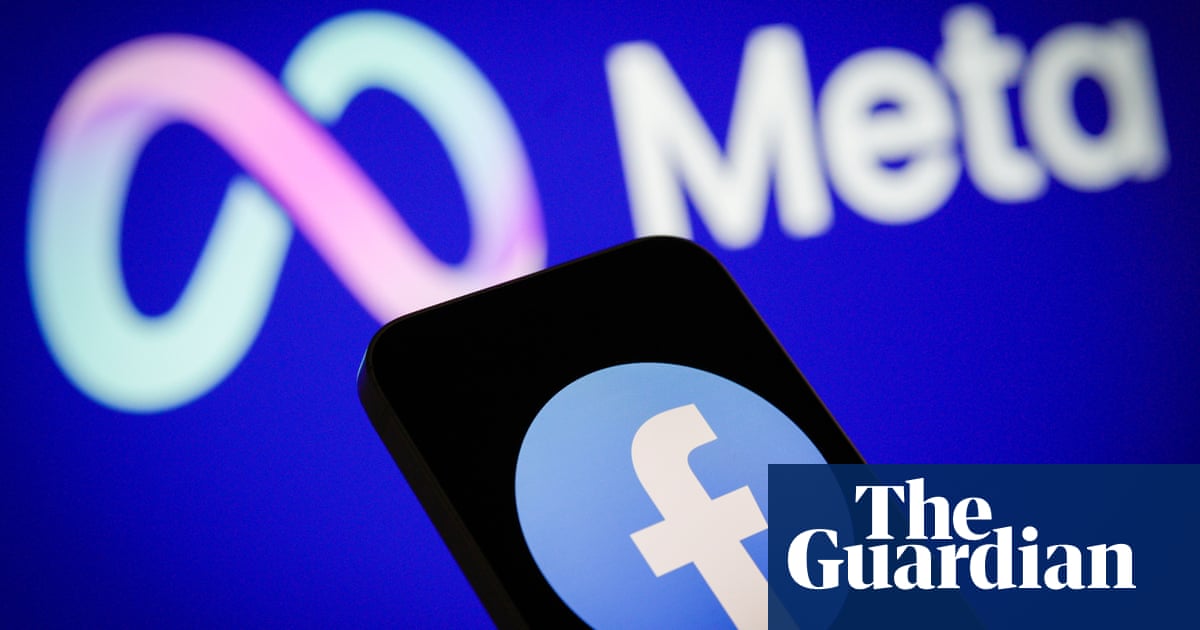






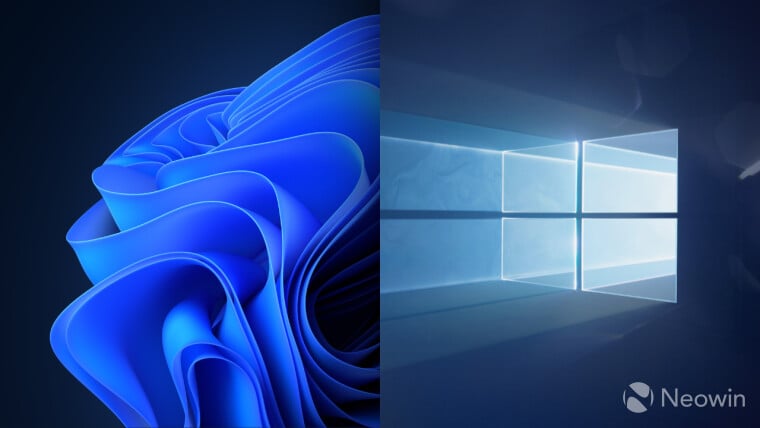
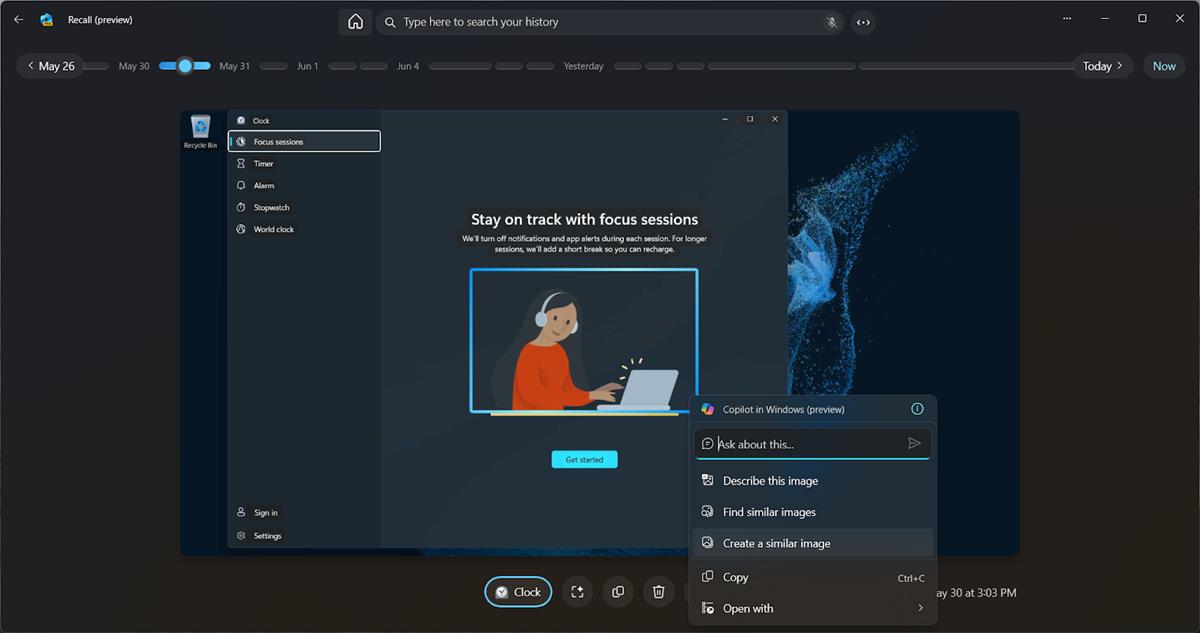
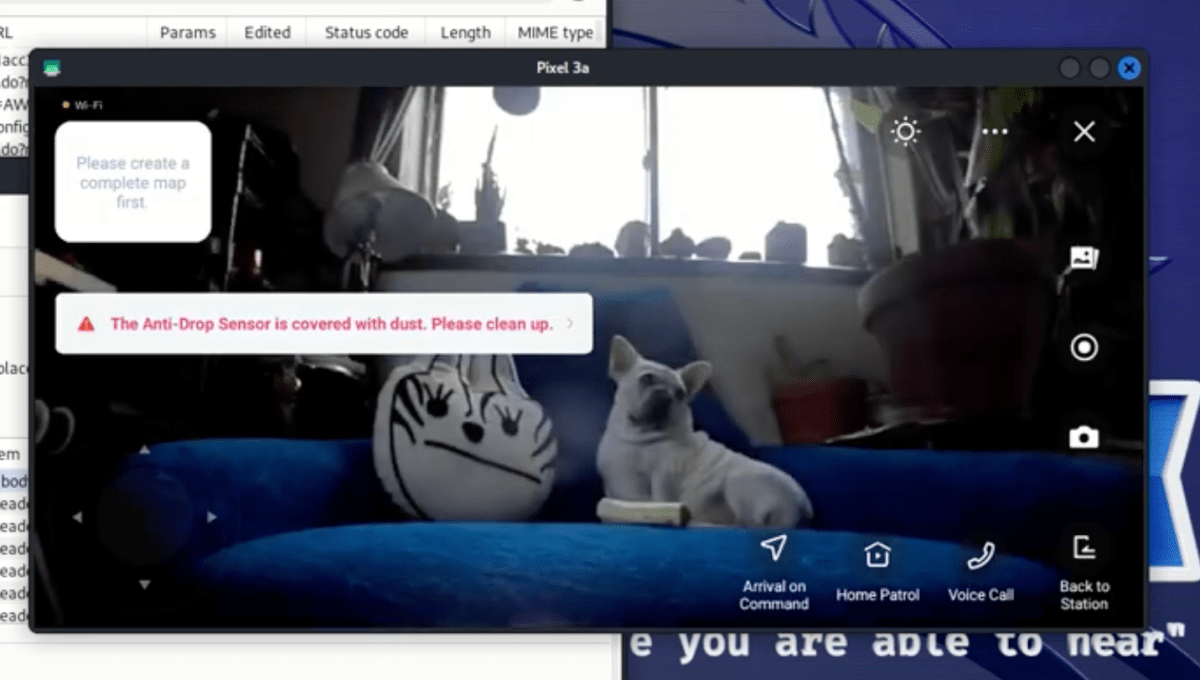




This is just Google’s clever way of not removing the sideloading feature from their OS.
They let app developers to prevent users from using sideloaded app.
This way they can avoid antitrust lawsuits.